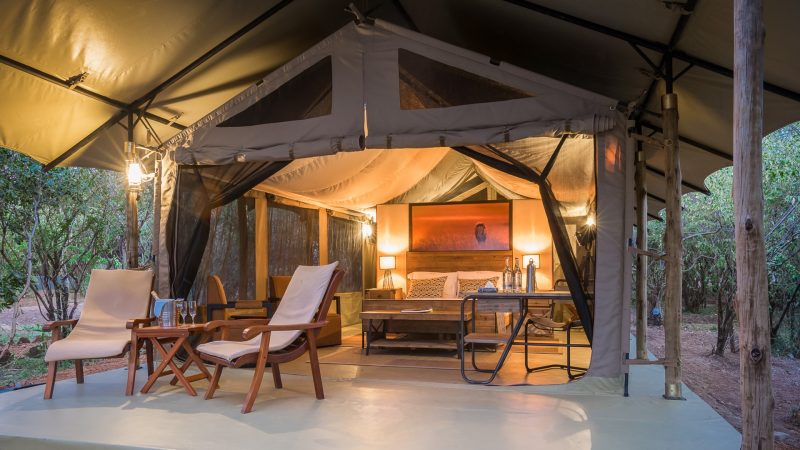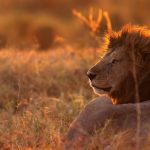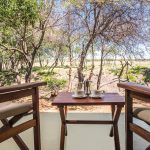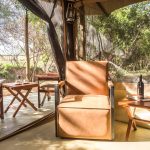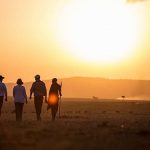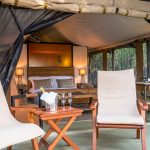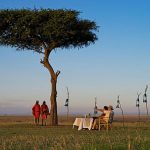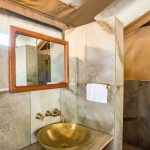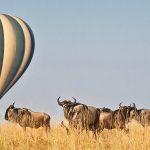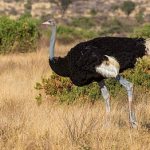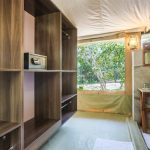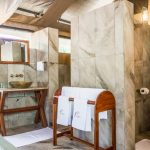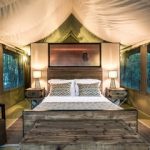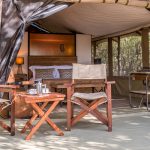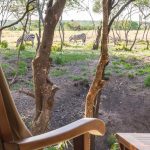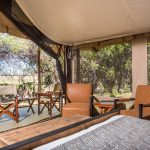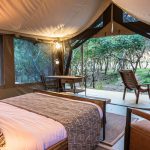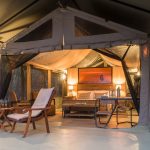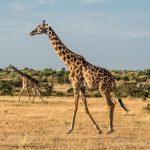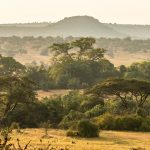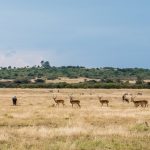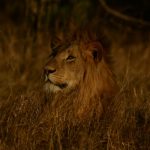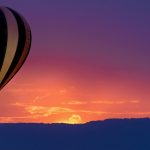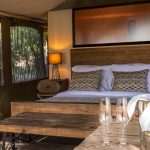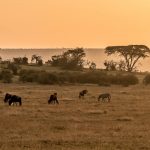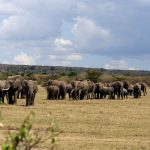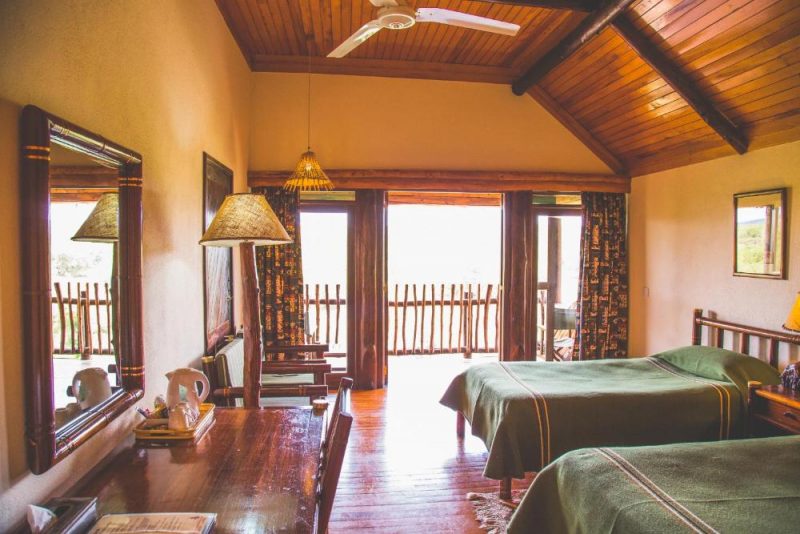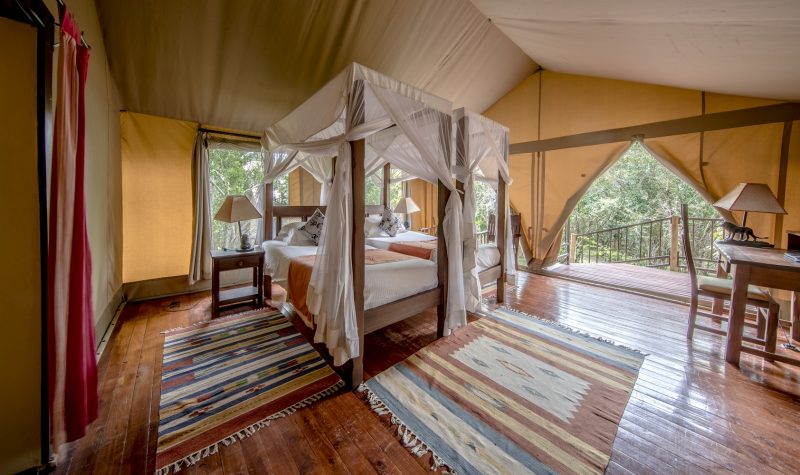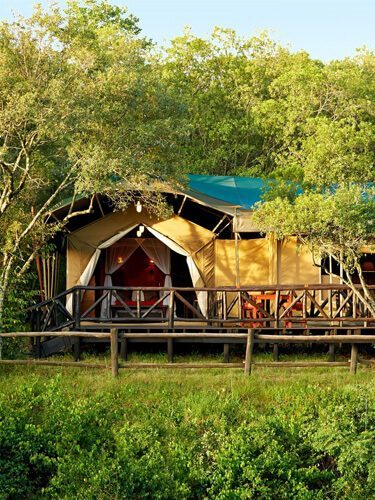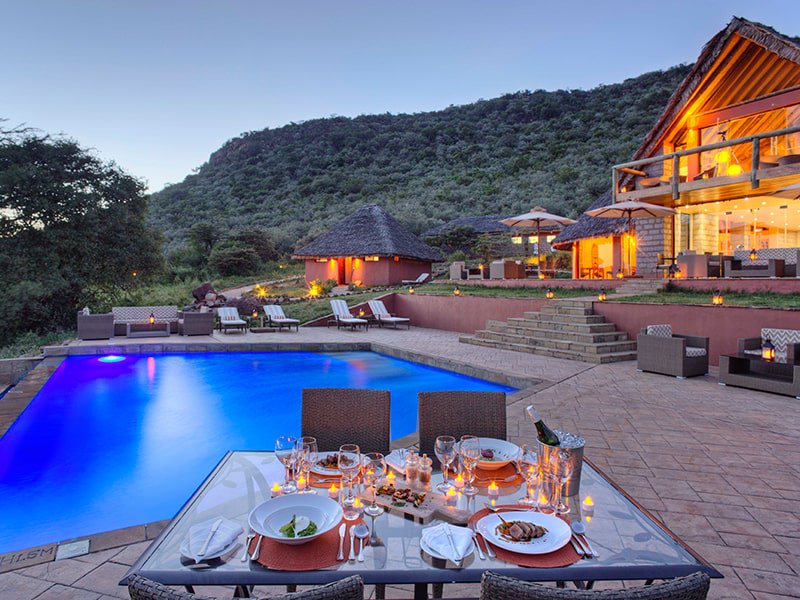Journey with us through the greater Maasai Mara and feel the rhythm of mother earth. Not just as a passing sensation, but a deeper knowing that you are part of something that can only be felt in Africa. The Maasai team see you arriving without the pulse of Africa in your heart, but they will not let you leave that way. Born with lions and elephants as their close neighbours, the Maasai will guide you to an understanding of Africa and its nature that will fill your soul.
The camp
Lerai safari camp is the only safari camp in the 5,000 acre Olerai conservancy of the greater Maasai Mara ecosystem of southern Kenya. Barely 15 miles north of Tanzania’s Serengeti national park and just west of Kenya’s Maasai Mara national reserve, it’s an area teaming with African wildlife with migratory pathways for wildebeest, zebra, elephant and antelopes. Lerai safari camp is being built slowly throughout 2018 to allow the wildlife breathing space to co-exist with us. Enveloped within a cluster of acacia trees, there is a nearby riverine forest stream drawing elephants towards camp.
Tents
The 6 safari suites made from canvas with interiors that express the beauty of traditional East African safari style. They are stylish and supremely comfortable, yet unpretentious, with a genuine sense of real Africa safari. Lerai serves as a sanctuary for you to restore balance to a life that is often too busy. A good dose of Africa Time and African hospitality will soon have you feeling rebalanced and renewed.
Wildlife
The conservancy was set up through the goodwill of tribal landowners to expand wildlife ranges and migration routes. The whole gambit of African wildlife is here and it now has the largest concentration of giraffe and eland in the local eco-system. Giraffe are known locally as cool tall guys and Maasai giraffe differ from other sub-species by their distinctive jig-saw puzzle splotched pattern. Lion and cheetah move in and out of the territory but are often sighted since the Olerai plains are perfect hunting grounds. The reserve provides an elephant corridor and with lush marshland grasses the elephant are using it as a feeding ground as well as a dispersal area.
Domestic and wildlife collaboration
Proclaiming areas for the protection of wildlife must also consider local communities and their traditional ways of life. With cattle and goats forming the major livelihood and sustenance of the local Maasai around this Conservancy, the Conservancy Manager Mr Mandela introduced Time Zoning for grazing during certain low season months of the year Based on a 7 year study showing that wildlife is most active in the early hours of the day up to about 9am and the evening after 4pm, he allowed grazing of livestock on the open plains from 9am to 3.30pm. The local wildlife has habituated well to this circadian rhythm time zoning, although it’s not unusual to see a mixed group of wild and domesticated animals grazing in close proximity.
Corporate social responsibility
Olerai was not only set up as a sanctuary for wildlife, but to spearhead the Green Economy for improving local livelihoods, with green job opportunities arising from conservation initiatives. That has included empowering the Tuone Mbali Olerai Women’s Group, to generate income from eco-tourism. Water is the lifeblood of Africa and its people, which is why Lerai Safari Camp dug a deep borehole that gushes forth enough fresh water to be piped to the local community to supply them with clean drinking water. Lerai Camp in collaboration with its sister camp Entim is also in the process of completion four new classrooms for a local school of 400 pupils in the vicinity of the conservancy These are just some of the benefits of Lerai Safari Camp’s policy of social responsibility in Olerai.

